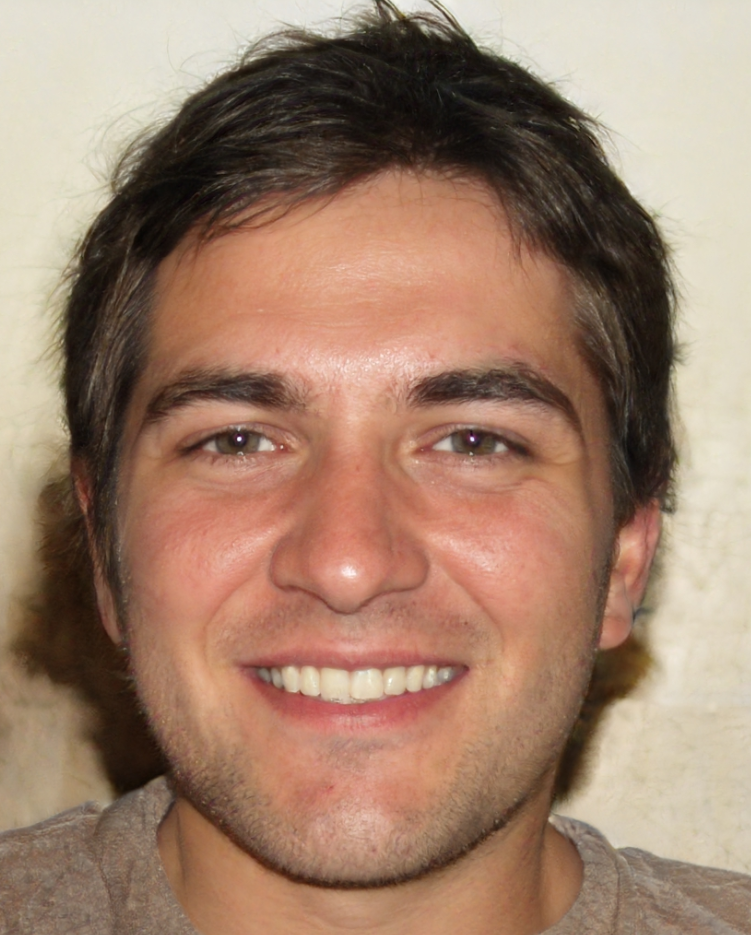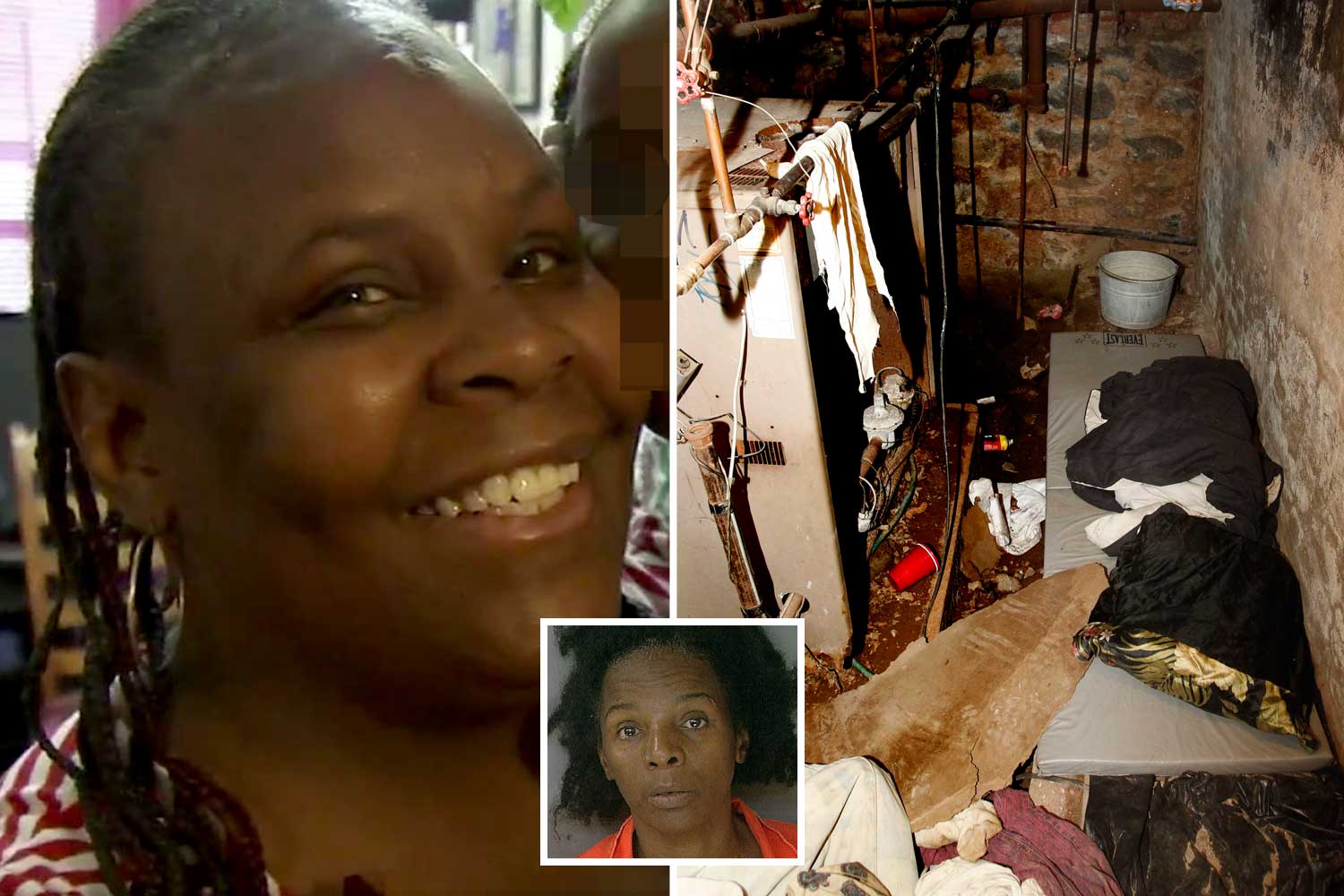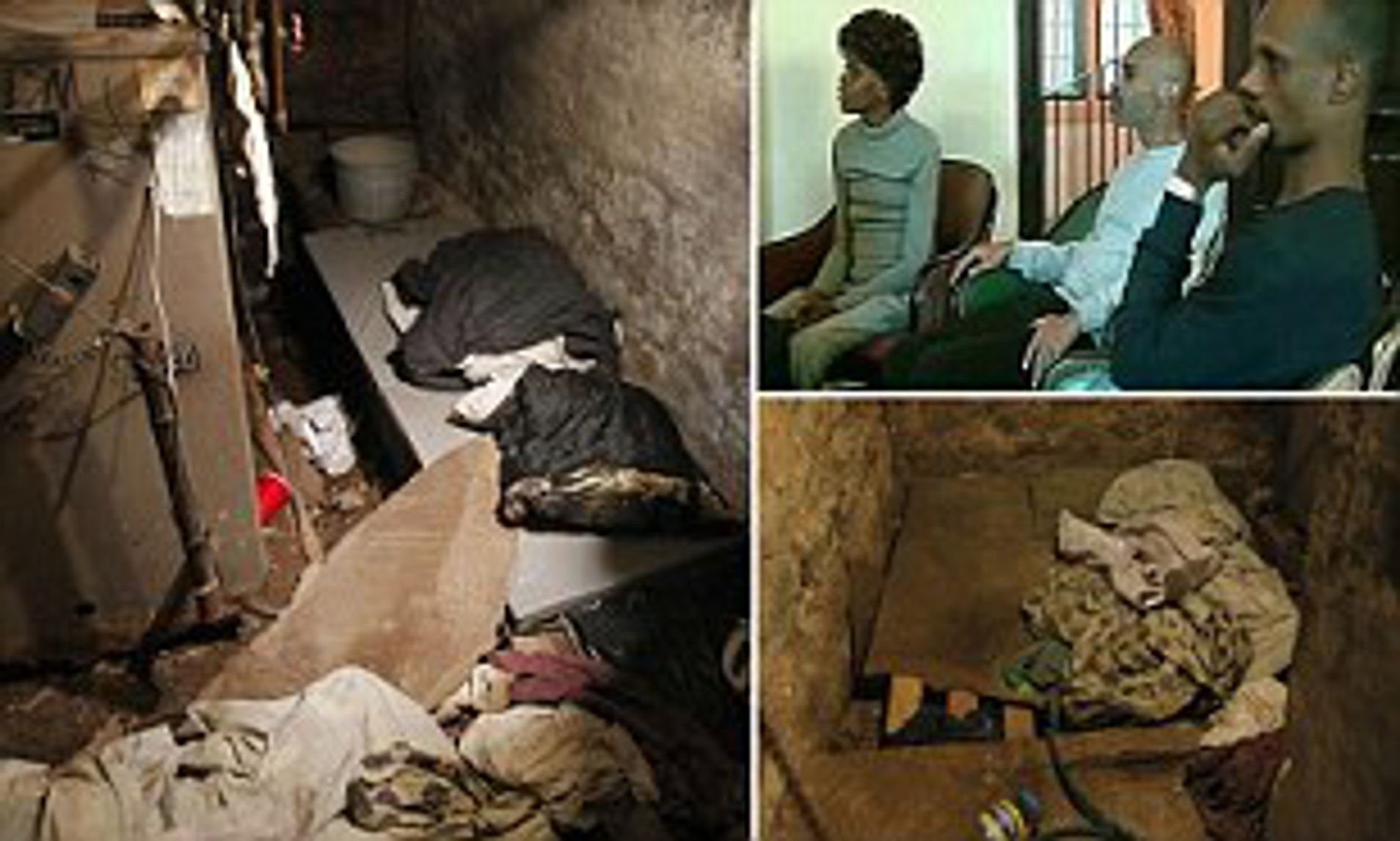
Explore the chilling saga of Linda Ann Weston's atrocities, abducting adults with disabilities and confining them in a basement. Uncover the shocking story behind linda ann weston kidnappedand the harrowing ordeal of her captives. Delve into the disturbing details of how Weston held vulnerable individuals hostage, a tale that unfolds in a gripping basement captivity narrative.
Unveiling A Decade Of Horrific Exploitation And Abuse
Veteran law enforcement officials were shocked by Linda Ann Weston's abhorrent acts. In October 2011, a Philadelphia landlord uncovered four mentally challenged adults, victims of Weston's captivity, confined in a squalid boiler room.
Among them was Weston's niece, Beatrice Weston, bearing extensive scars, bruises, and burn marks, prompting former Philadelphia Police Commissioner Charles Ramsey to express unparalleled horror at her condition, deeming it among the worst he'd witnessed in his long career.
Former District Attorney Seth Williams echoed the sentiment, describing the situation as beyond "horrific." Linda Weston horrific revelations, skilled at manipulating vulnerable individuals, exploited their trust to gain access to their Social Security benefits, perpetuating her lifestyle through their earnings.
Weston and her cohorts maintained control over their captives through coercion, sedation, and violent means, using weapons like hammers and bats to abuse them. Some victims were forced into prostitution or coerced into bearing children to secure additional financial benefits.
Even a decade later, experts remain disturbed by the profound extent of Weston's lack of empathy, authorities explained. Forensic psychologist Joni Johnston highlighted Weston's apparent absence of empathy, emphasizing the chilling nature of her inhumane actions.
‘The Perfect Victims’
In 2015, Linda Weston admitted guilt to various federal charges, including committing a hate crime, kidnapping, racketeering, and theft of government funds. Sentenced to life imprisonment, Weston is presently held at Federal Medical Center, Carswell in Texas, also facing restitution exceeding $270,000.
Accomplices, including Jean McIntosh (Weston's daughter) and three men, Gregory Thomas, Nicklaus Woodard, and Eddie Wright, were also convicted for their roles in the crimes.
Operating across multiple states from 2001 to 2011, the group, led by Linda Weston, preyed on mentally challenged adults estranged from their families. Targeting individuals for their disability benefits, Weston manipulated and controlled vulnerable victims, exploiting their lack of credibility and fostering a sense of dependency resembling Stockholm syndrome, as explained by criminologist Stephen Jones.
The victims, identified as perfect targets due to their vulnerability, suffered relentless abuse resulting in the tragic deaths of two captives: Maxine Lee and Donna Spadea. Spadea, subjected to daily drugging and a restricted diet, died in 2005 in Philadelphia. Lee, after attempting escape and enduring severe beatings, succumbed to starvation in 2008 in Norfolk, Virginia.
Fateful Custody Decision
When landlord Turgut Gozleveli uncovered the four prisonersin October 2011, he found four prisoners living in appalling conditions—deprived of light, confined to a dark room with a dirt floor, and one man even chained to a boiler pipe.
Upon their rescue by police, a total of six adults and four children were freed from Linda Weston's captivity. Beatrice, Weston's niece, detailed a harrowing account in a 2012 lawsuit against the city of Philadelphia, describing sexual assault, denial of education, and being coerced to drink her own urine.
The public outcry intensified upon learning that Linda Weston had gained custody of her 10-year-old niece in 2002 despite her prior conviction for third-degree murder in 1984. This conviction arose from the death of Bernardo Ramos, whom Weston had locked in a closet leading to starvation.
Consequently, reforms were implemented in custody statutes to expand court considerations, according to Frank Cervone, Executive Director of Philadelphia's Support Center for Child Advocates, ensuring more comprehensive assessments and inquiries by Family Courts today.
‘I Want To Be Happy’
Linda Weston's reign of violence not only physically constrained her victims but also inflicted severe psychological trauma, experts reveal. The atmosphere of fear and constant abuse made escape seem impossible, psychologically trapping the captives, explains Johnston, emphasizing the profound impact of prolonged abuse on individuals.
Survivors like Tamara Breeden, rescued from the basement captivity, showcased immense resilience. In her 2018 interview, Breeden expressed gratitude for her freedom, embracing life by attending school and caring for her children, born during captivity.
Beatrice Weston, enduring the horrors inflicted by her aunt, spoke of her post-ordeal journey in a 2013 interview with ABC News. Despite the trauma, she was focused on therapy, forging friendships, and aspiring towards a nursing career, expressing her desire for happiness and a fulfilling life ahead.
“I want to be a nurse and I want to be happy,” she said. Once free, she was able to attend school and take care of her children, born during captivity.
“I feel nice,” Breeden said. “I feel happy.”
‘That’s The Scary Thing’
A psychiatrist’s evaluationsuggested, During Linda Weston's trial for Bernardo Ramos' death, she had inherent brain disease and was diagnosed with schizophrenia. Growing up in a troubled household compounded by her mother's death during her teenage years contributed to her challenging upbringing.
Joni Johnston highlights Linda Weston's siblings, pointing out that despite similar childhood hardships, they chose different life paths. This underscores the interplay between inherent traits and environmental influences, known as nature versus nurture.
Regarding Weston's sadistic behavior, Johnston suggests that she possibly dehumanized her victims, rationalizing their suffering by dissociating them from humanity, perceiving them as expendable or insignificant.
Stephen Jones adds that Weston's upbringing shaped her perception of what was considered normal, implying that she might have internalized her troubled upbringing as an accepted standard in her life.
“She just assumed what she did was OK and kept pushing it,” he says. “At some point she accepted it as a norm and that’s the scary thing.”
Related Features:
Why Did 'Amish Stud' Eli Weaver Plot To Have His Wife Murdered?



